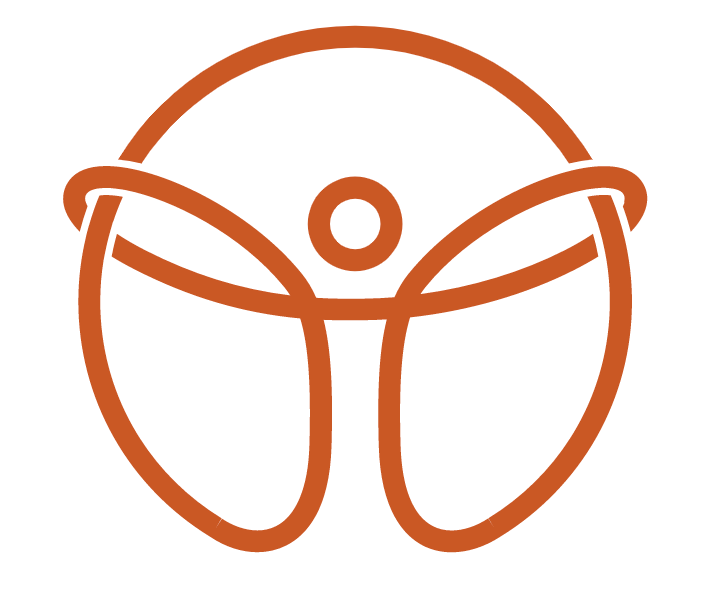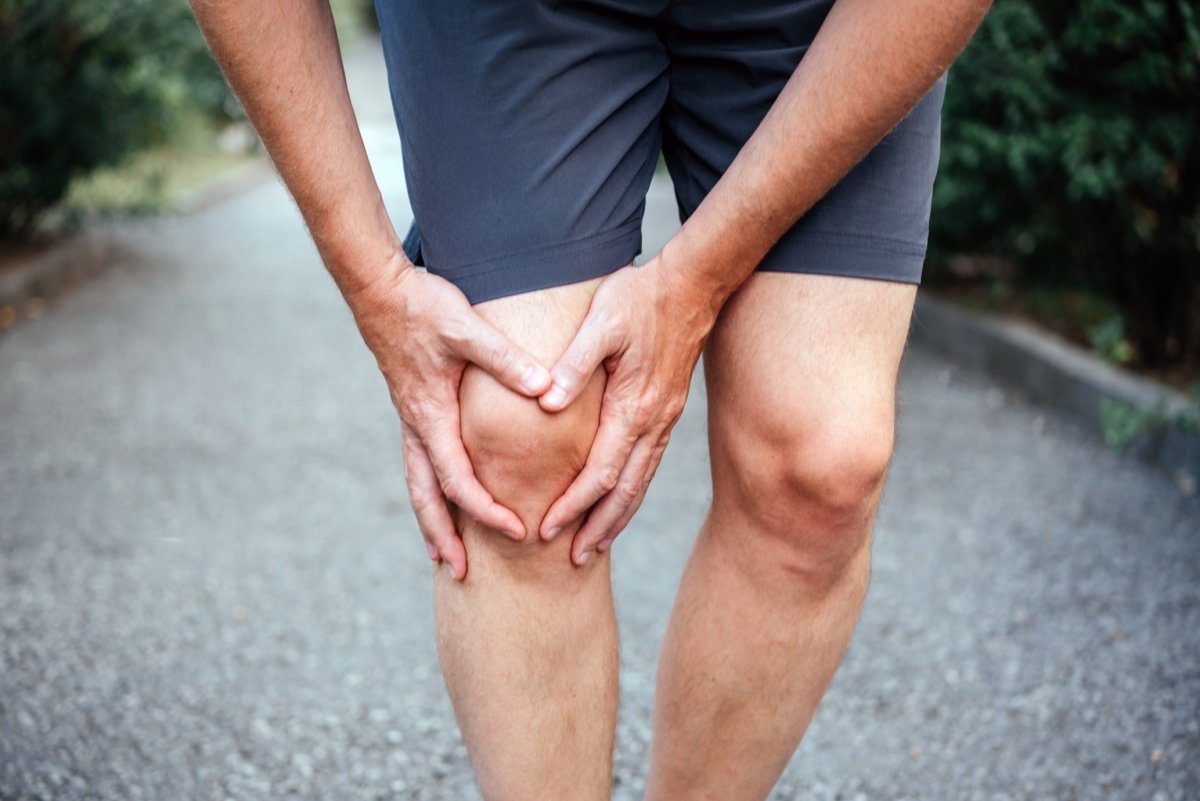Cracking the Mystery of Clicking Knees: Should You Worry?
Have you ever experienced that peculiar sensation when your knees click? It's not uncommon to hear or feel a clicking, popping, or cracking sound when bending or extending your knees. For some, it's an occasional annoyance; for others, it's a constant companion. But what does it mean, and should you be concerned?
What Causes Clicking Knees?
First things first, let's demystify the mechanism behind those audible knee clicks. The most common cause is the movement of gas bubbles within the synovial fluid surrounding the knee joint. When you bend or straighten your knee, these bubbles can burst, resulting in the clicking sound. This phenomenon is known as a cavitation, exactly the same as the habitual knuckle cracker.
Another potential culprit is the movement of soft tissues around the knee joint. Tendons and ligaments can sometimes move slightly out of place and then snap back into position, producing an audible click. Additionally, irregularities in the joint surfaces, such as roughness or cartilage damage, can contribute to the noise.
Is Clicking Bad?
The big question: does knee clicking indicate a problem? In most cases, the answer is no. The occasional clicking without pain or other symptoms is usually harmless. However, if clicking is accompanied by pain, swelling, instability, or limited mobility, it could be a sign of an underlying issue that requires attention.
What Can You Do About It?
If your clicking knees are causing discomfort or interfering with your daily activities, there are several steps you can take to address the issue, particularly from a manual therapy standpoint:
Strengthening Exercises
Weak muscles around the knee joint can contribute to instability and improper alignment, leading to clicking. A manual therapist can properly assess imbalances surrounding the knee and recommend exercises to strengthen or stretch the muscles accordingly.
Stretching
Tight muscles and tendons can exacerbate knee clicking. Targetted stretching exercises can help improve flexibility and reduce tension in the surrounding tissues such as the quadriceps, hamstrings, calves, and glute muscles.
Manual Therapy Techniques (ART®, Graston® or Manipulation)
Hands-on techniques performed by a qualified manual therapist, such as a chiropractor or massage therapist, can help alleviate knee clicking by addressing soft tissue tightness and joint misalignments. Techniques like ART®/Graston® or joint mobilization or manipulation are some of the many options.
Bracing or Taping
Depending on the underlying cause of knee clicking, wearing a brace or using kinesiology tape may provide additional support and stability to the joint, reducing the occurrence of clicking and improving overall function. This however, is a temporary solution and should be used only until an assessment can be performed that will accurately identify the mechanism.
Activity Modification
If certain activities exacerbate your knee clicking, consider modifying your movements or using proper form to reduce strain on the knees. Avoid activities that involve repetitive high-impact movements or excessive twisting of the knees.
When to Seek Medical Attention
While occasional knee clicking is usually harmless, persistent or worsening clicking accompanied by pain, swelling, or instability warrants a visit to a healthcare professional. They can conduct a thorough evaluation, including imaging tests if necessary, to determine the underlying cause and recommend appropriate treatment.
Knee clicking is often a benign occurrence caused by the movement of gas bubbles or soft tissues within the joint. However, if it's accompanied by pain or other symptoms, it's essential to address the underlying issue through a combination of strengthening exercises, stretching and manual therapy. By taking proactive steps to care for your knees, you can minimize discomfort and maintain optimal joint health.

